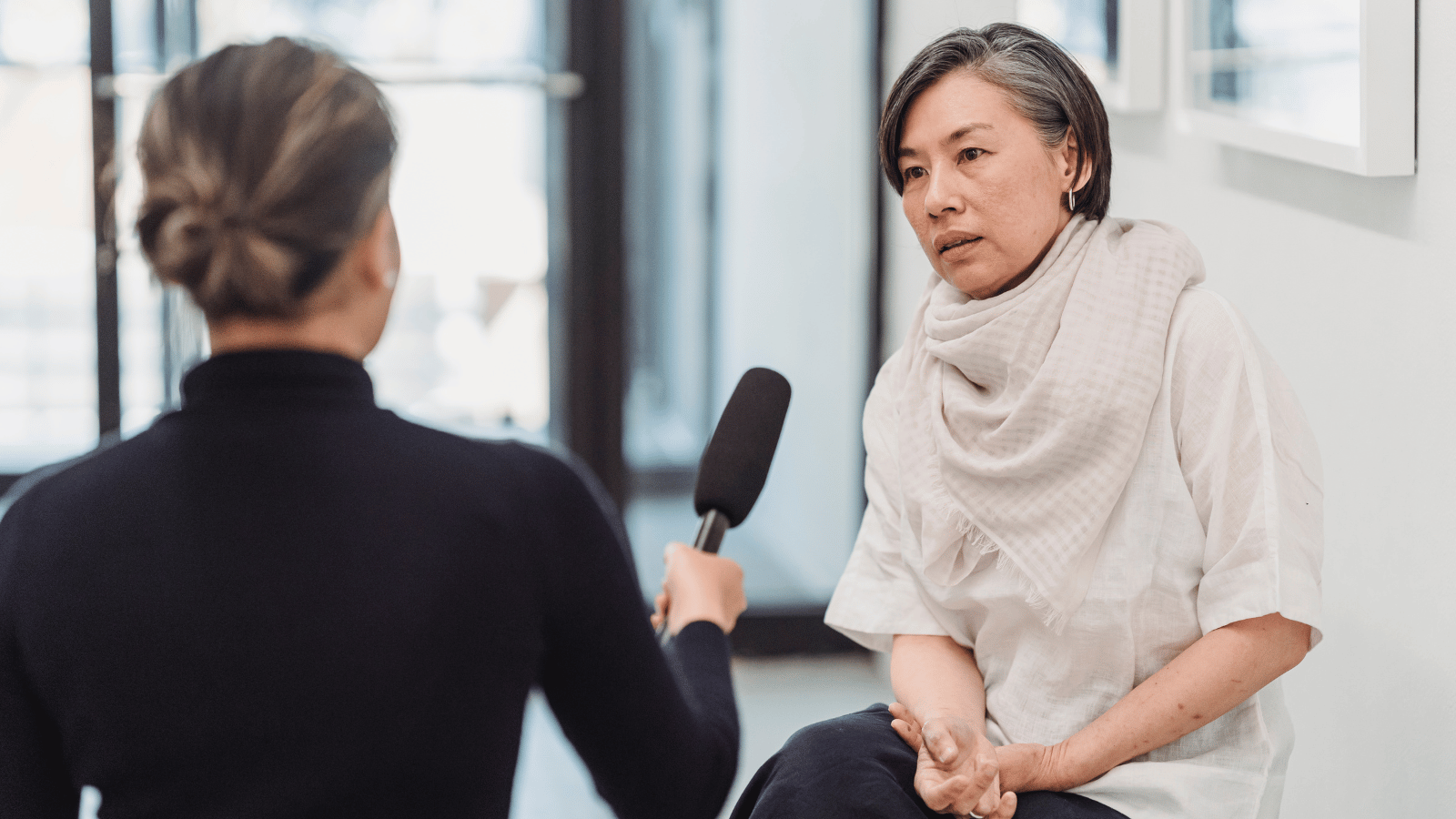If knowledge were a form of currency, business schools would be printing presses. These prestigious institutions produce hundreds if not thousands of research papers every year, most of which have the potential to significantly benefit societies around the world, covering topics as diverse as reducing tax evasion, environmental stewardship, ethical leadership, and much more.
Like money, knowledge serves people best when it is in circulation, not locked away in a vault. So, business schools are faced with a dilemma – what is the best way to share the knowledge generated by their professors and researchers so that it can have a positive societal impact?
While there is no single ‘best’ way, here are three approaches that are highly effective at disseminating professors’ expertise in the media.
Comment opportunities
When writing articles, journalists frequently turn to academic experts for short comments to provide depth and perspective to their coverage of a certain event or trend. The advantage with opportunities like this is that they require relatively little time, compared to the professor writing an entire article themselves or sitting down for an interview.
For opportunities like this, professors and key spokespeople should be prepared to offer a written statement of around 200-300 words. Sometimes, a journalist will specify exactly how long they would like comments to be, but this is a useful benchmark to work with on occasions where no word count is made explicit in the journalist’s request.
At other times, the journalist will send over a list of questions. A useful guideline here is to write around 150-200 words in answer to each question, but you can write more than this if you feel the question merits a more detailed response.
It’s important that your comments should be as concise as possible. Remember, it’s highly likely that only one or two sentences will be included in the published article, so make every word count.
It’s also crucial that you phrase your statements simply, without using overly academic language. If a journalist feels your comments will require them to devote an additional paragraph to explaining your key terms, they are less likely to use your contribution.
While your comments might have been incredibly well-evidenced, keep in mind that the writer has been given a word count by their editor, so brevity is on their mind too. Being helpful and considering what will be most useful for them is the most effective way of ensuring your insights will feature in the final article.
The greatest challenge when it comes to comment opportunities is the time frame. Often, journalists – and especially journalists at top-tier publications like national newspapers – will set a deadline of either the next day or later that same day. This requires a certain level of speed and flexibility.
However, remember that they are only asking for a short statement on a topic that you are deeply familiar with. Frequently, it’s a topic you have published a detailed research paper on, and the more opportunities you respond to, the quicker and easier it will become to send over a short contribution.
Interviews
An interview might be the right course of action in several circumstances. A journalist may wish to hear from an expert in greater detail, or you may reach out to a publication which runs profile pieces on industry and thought leaders, or the business school communications team might invite journalists to attend an event and arrange a discussion with key speakers or event organisers.
In any of these cases, interviews usually require the interviewee to clear about an hour in their schedule. While this is a substantial time commitment for professors who have research and teaching responsibilities, it has numerous advantages.
First, it allows the interviewee to connect personally with the journalist. Building strong connections with the media helps to build a brand, both for individual experts and the business school, and makes it more likely that journalists will keep coming back to consult you when writing relevant articles in future.
Second, it can be much easier to convey everything you would like to, and to delve into nuances, in an interview than when writing a concise statement. Face-to-face interviews in particular can help faculty express themselves in a more relaxed and conversational manner.
In-person conversations also allow the professor to observe a journalist’s facial expression and body language, and backtrack if necessary. For instance, if either person becomes a little confused, the other is able to pick up on this and find a different approach to explaining what they are trying to convey.
There are just a couple of things to keep in mind when setting up interviews. The first is that whoever will be put in contact with the journalist should be reminded that nothing they say is ever truly “off the record”. While the tone of most interviews is friendly and conversational, it’s important for the interviewee not to forget that this is a professional engagement, even if it’s a meeting over a cup of coffee.
The other thing to keep in mind is that confidence levels vary when it comes to dealing directly with journalists. Some academics will take to it like ducks to water, whereas others might need a little extra support. Media training can be highly beneficial for this, equipping professors with the conversational tools they need to feel more comfortable in interviews. It can also be a good idea to ask journalists for a general idea of the key topics they would like to cover in the interview so you can prepare the interviewee beforehand, ensuring they have enough data and case studies, etc.
Articles and op-eds
The third way business schools and academics can promote their expertise and research in the media is through guest-written articles and op-eds (opinion and editorial pieces). Most large publications will have an op-ed, editorial, or commissioning editor whom you can pitch ideas to. At smaller publications, the task of commissioning guest content is often taken on by the editor-in-chief.
These opportunities tend to be quite time-intensive, but the good news is they often have significantly longer deadlines, ranging from a couple of weeks to a couple of months. In terms of wordcount, there is quite a lot of room for variation from publication-to-publication. Realistically, it could fall anywhere between 300-2,000 words, so it’s best to specify with the editor how much they’re looking for before you begin the writing process.
Often, there will be a list of editorial guidelines you must adhere to if you want your article to be published in a certain media outlet. For example, this might include the specification that you must provide your own free-to-use images for the article.
The trick to writing a good op-ed, in particular, is finding the balance between your own voice and the publication’s in-house style. This can be a complicated process, especially for academics who are not used to writing journalistically.
In these cases, a good string to your bow is inquiring whether the communications team or an external PR and media relations consultancy, if your business school is working with one, could assist with the writing process.
A good PR professional should be familiar with the publication you are writing for, able present the key concepts from your research simply, and, if necessary for the opportunity, faithfully recreate the line of argument from your study while translating it from academic writing to a more journalistic style. They should then send you a copy of the article for you to edit and approve as you see fit before submitting it to the publication on your behalf, streamlining the process by taking on the role of liaising directly with the editor themselves.
If you’re interested in learning more about how you can promote faculty expertise in the media, and how we can help you achieve the coverage you’re aiming for, get in touch with BlueSky Education today.

Having developed his craft as a writer under the guidance of world-renowned novelists, poets and playwrights, Jamie has also spent a couple of years as a content writer for a primarily American readership, with over 150 articles published under his name.




